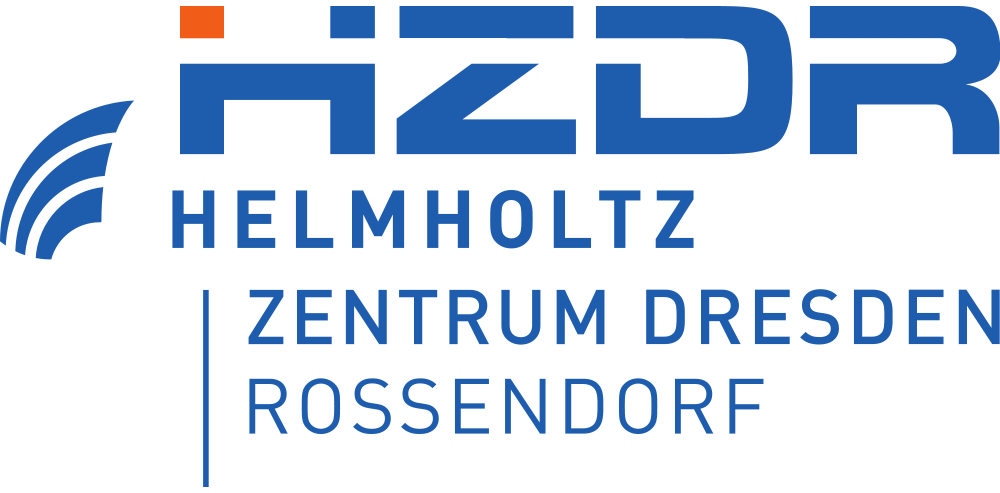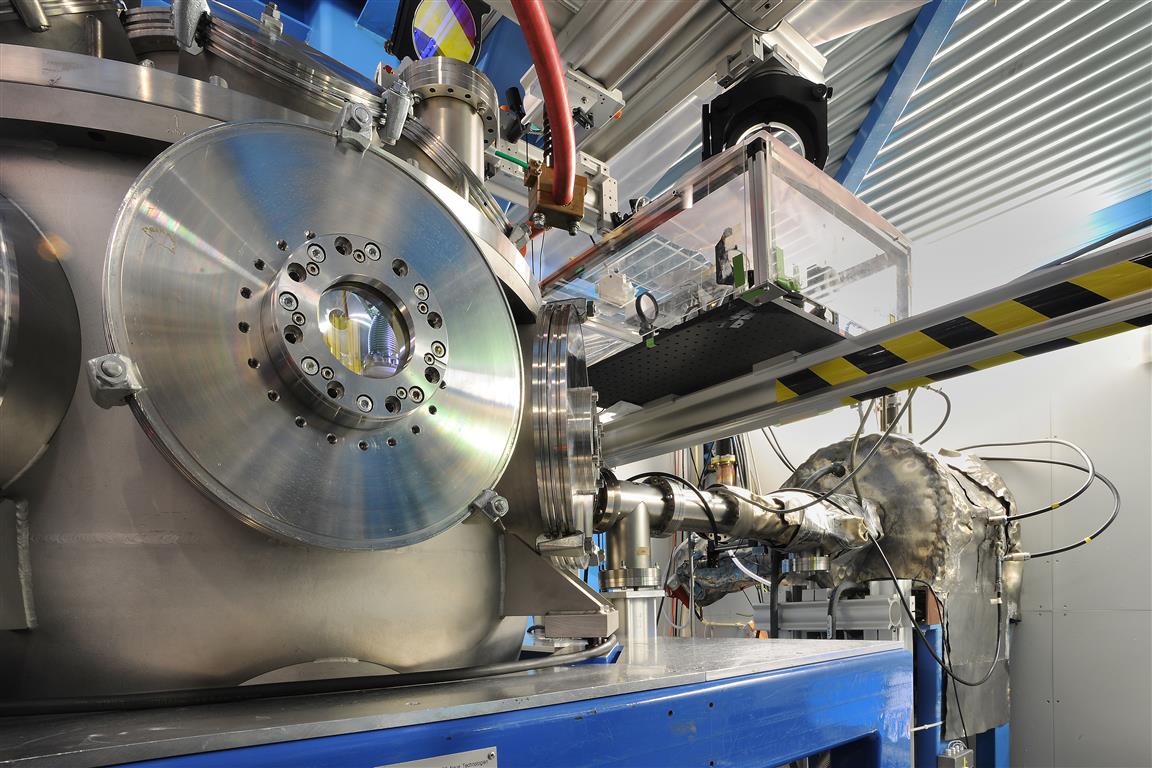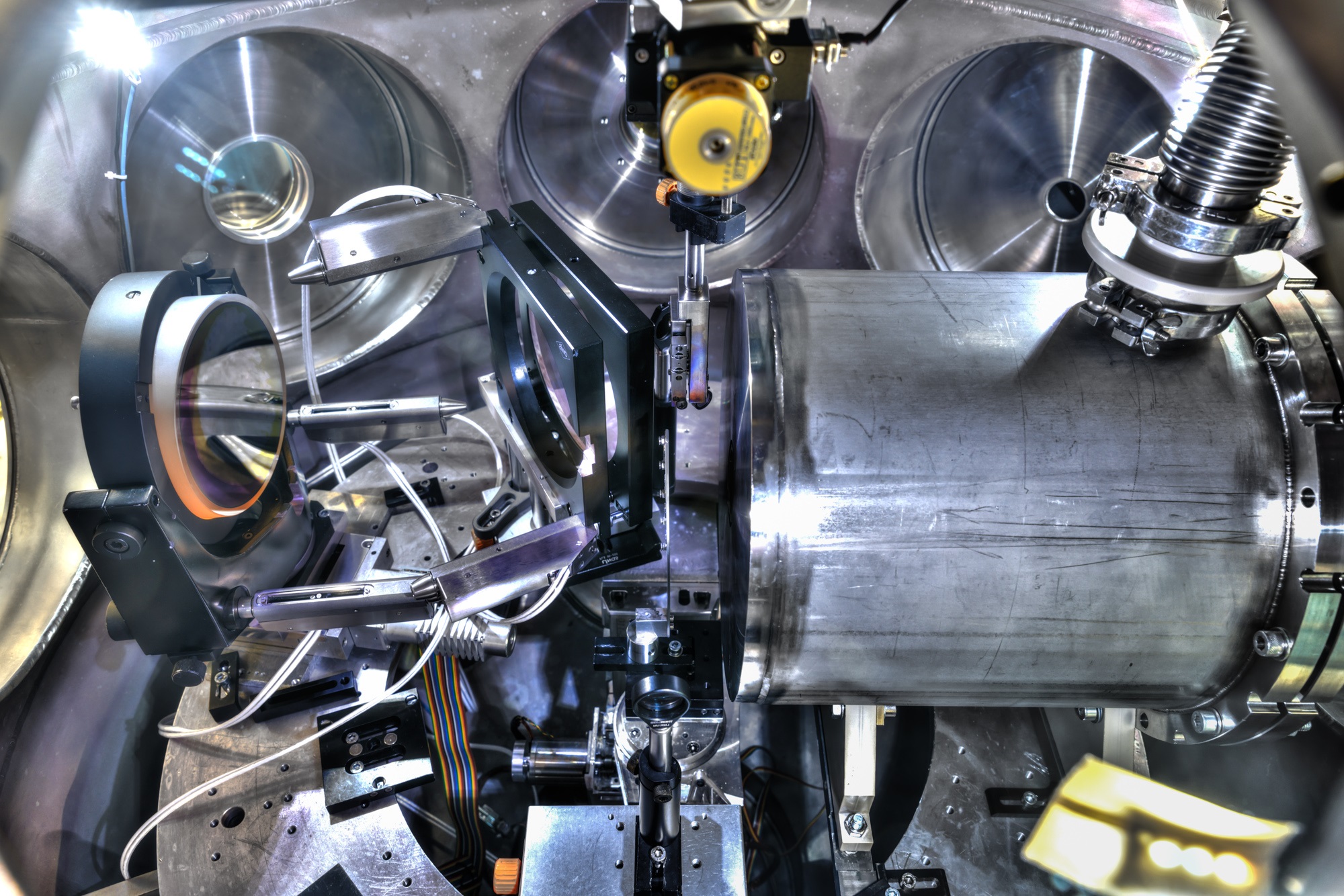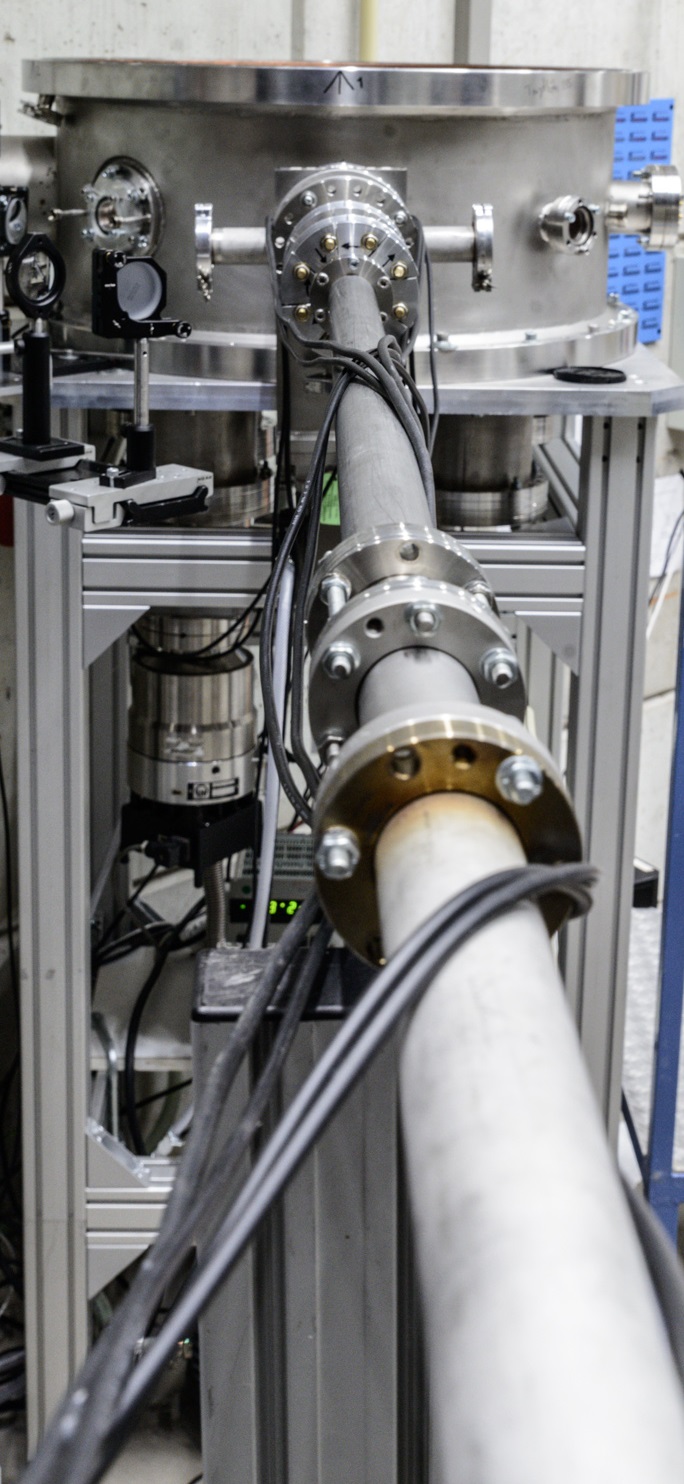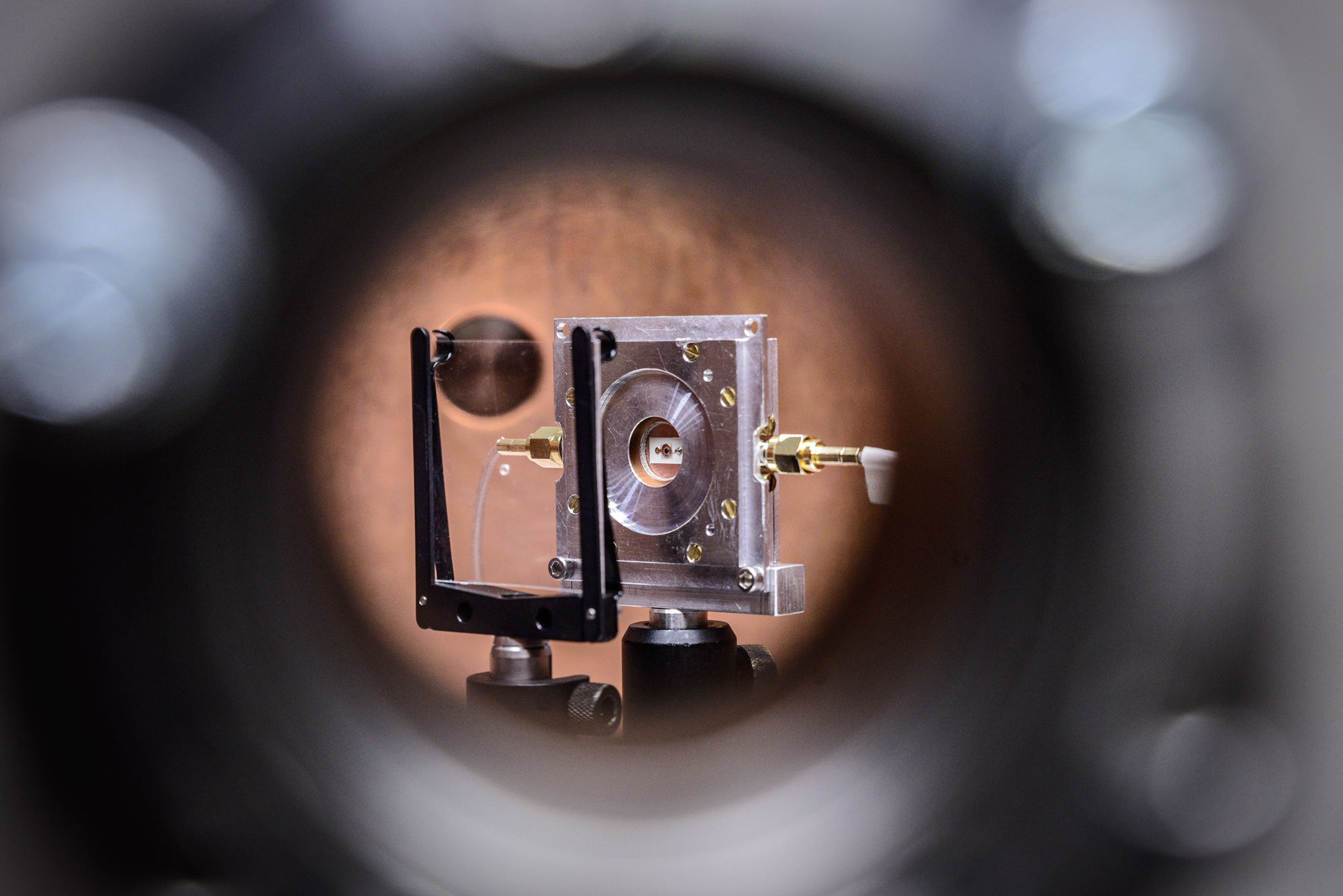|
Laser-based ion acceleration as a source of high intensity MeV-range ion bunches became subject
of extensive research during the last 15 years. The created ions (most often protons) are discussed
as potential candidate for various applications in science, technology and medicin. However, their
usage often requires special ways of beam shaping first, as the particles are emitted in a wide energy
spectrum and with a large divergence angle from the laser matter interaction point. Therefore, a test
stand has been build at GSI by the LIGHT collaboration (Laser Ion Generation, Handling and Transport)
for a detailed investigation on creating collimated and monoenergetic MeV proton bunches from a laser-based source.
The LIGHT collaboration consists of Technical University Darmstadt,
GSI Helmholtzcenter for heavy ion research (Darmstadt), Helmholtzcenter
Dresden-Rossendorf, Johann-Wolfgang-Goethe University Frankfurt and
Helmholtz institute Jena and provides the necessary expertise
in laser, plasma, and accelerator physics as well as
pulsed magnet technology. The central goal is to build a
demonstration beam line and experimental test-bed at GSI Darmstadt, where an ion
optical focusing device (pulsed high-field solenoid or a
doublet/triplet) is used to capture and
energy select protons from a TNSA source in a first stage,
and then perform a phase rotation with a radio-frequency
cavity to either minimize the energy spread of the
bunch or perform longitudinal focusing to reach highest
intensities.
The baseline experimental parameters, that were proposed to be accessed with this
new beamline, are: 1010 protons at 10 MeV with (a) less than 3% energy spread and in a
single short bunch (nanoseconds) via energy compression or alternatively (b) at higher energy spread intense bunches in the picoseconds range via phase focusing
Apart from the realization of this new beamline at GSI, the collaboration
addresses also many other aspects around the topic for optimization of the
beam parameters. A detailed introduction to the work of the collaboration can be found
in a recent
publication .
The work of the collaboration is coordinated by TU Darmstadt and GSI. Further information can be
found in the
publications
section or obtained e.g. from the project leader
Prof. Markus Roth.
|

